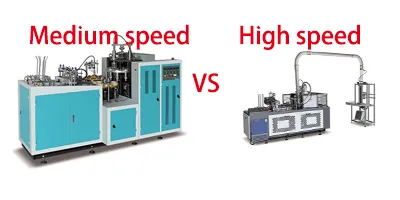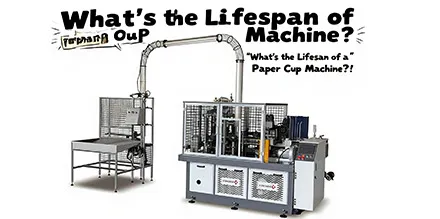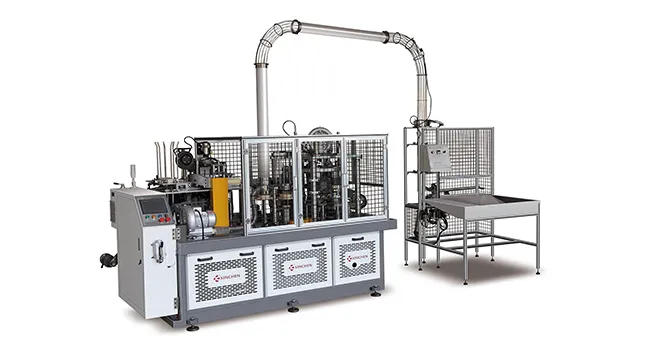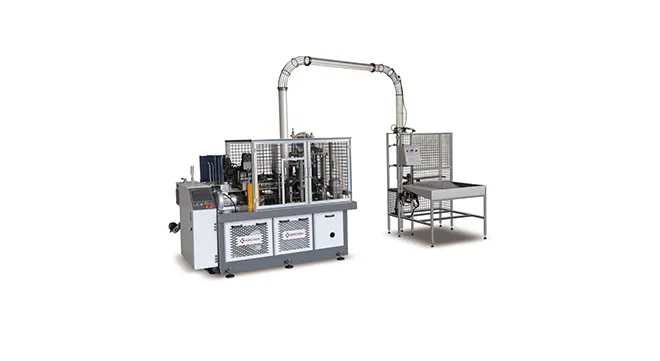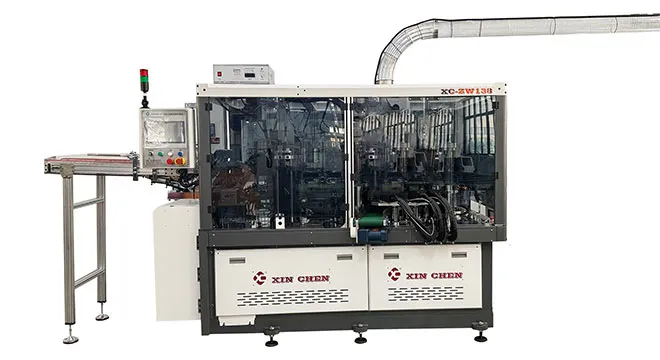A paper cup machine is a valuable asset for businesses in the food and beverage industry. Regular maintenance is crucial to keep it running smoothly. But how exactly should you maintain it?
Why Maintain a Paper Cup Machine?
Proper maintenance ensures the machine operates efficiently, reducing downtime. Neglected paper cup making machines are 30% more likely to break down, leading to production losses. Well - maintained machines also produce higher - quality cups, enhancing your brand image.
When to Conduct Maintenance?
Prevents Downtime: Machines with irregular maintenance face a 30% higher risk of breakdowns, disrupting production schedules.
Quality Assurance: Properly calibrated machines produce uniform, defect-free cups, preserving brand reputation.
Cost Efficiency: Routine care reduces long-term repair expenses and delays caused by unexpected malfunctions.
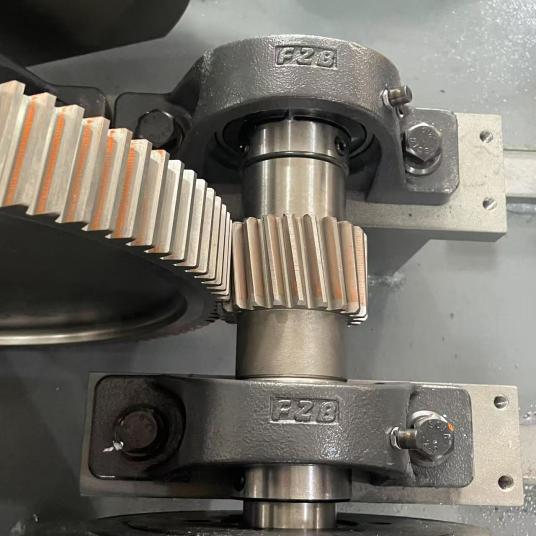
Maintenance Schedule
* Daily:
Clean residual glue, paper scraps, and dust after each shift.
Verify alignment of feeding mechanisms and cup-forming molds.
* Weekly:
Inspect belts, chains, and bearings for wear or misalignment.
Test temperature controls on heating elements (if applicable).
* Monthly:
Examine electrical systems for loose wiring or corrosion.
Assess hydraulic/pneumatic systems for leaks or pressure inconsistencies.
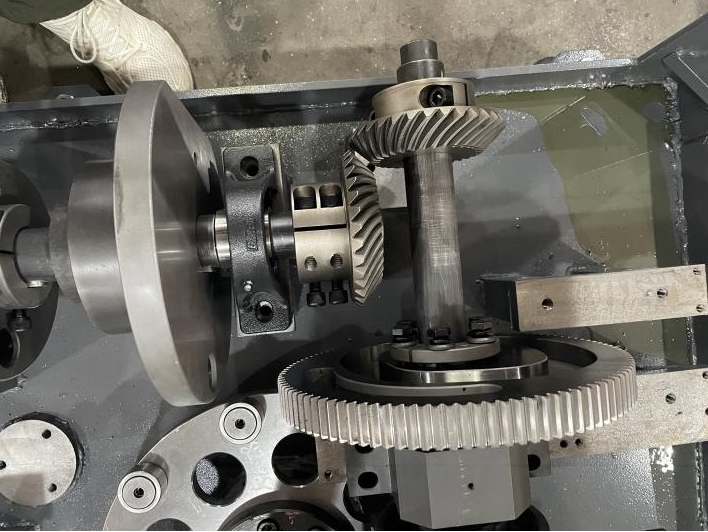
How to Maintain a Paper Cup Machine?
Cleaning: Use a soft brush to clean paper debris from the paper - feeding mechanism. Cleaning reduces the risk of jams and ensures smooth operation.
Lubrication: Apply lubricant to moving parts like gears and bearings. This reduces friction, extending the lifespan of components.
Inspection: Regularly check for loose screws and worn - out parts. Tighten any loose connections immediately. Replace parts like cutting blades when they show signs of wear.
What Results Can You Expect?
Extended Lifespan: Paper cup forming machines last 20% longer with consistent upkeep.
Operational Efficiency: Breakdowns decrease by 50%, maximizing daily output.
Sustainability: Reduced material waste from misaligned or faulty production cycles.
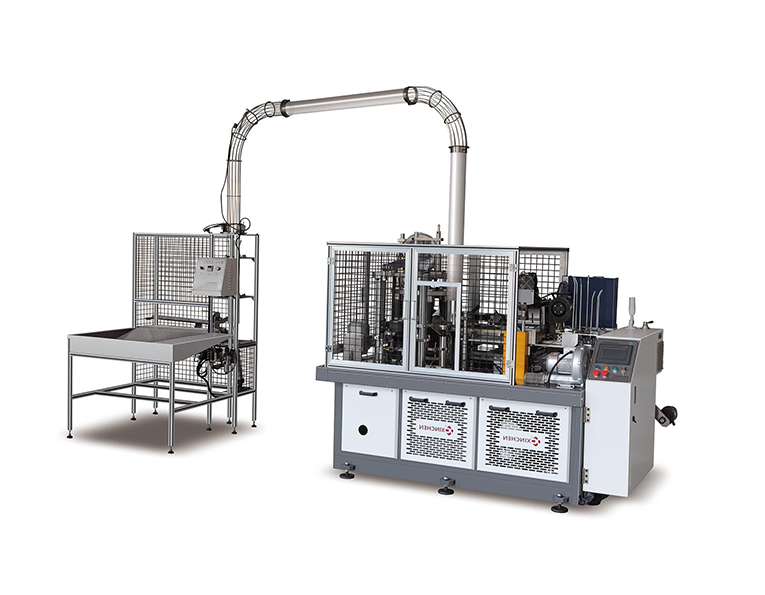
By adhering to this maintenance protocol, businesses ensure reliable performance, minimize operational costs, and maintain consistent product quality. Schedule a professional technician annually for advanced diagnostics and calibration to further optimize machine longevity.

 May 14,2025
May 14,2025